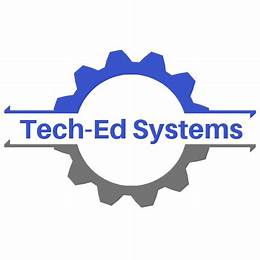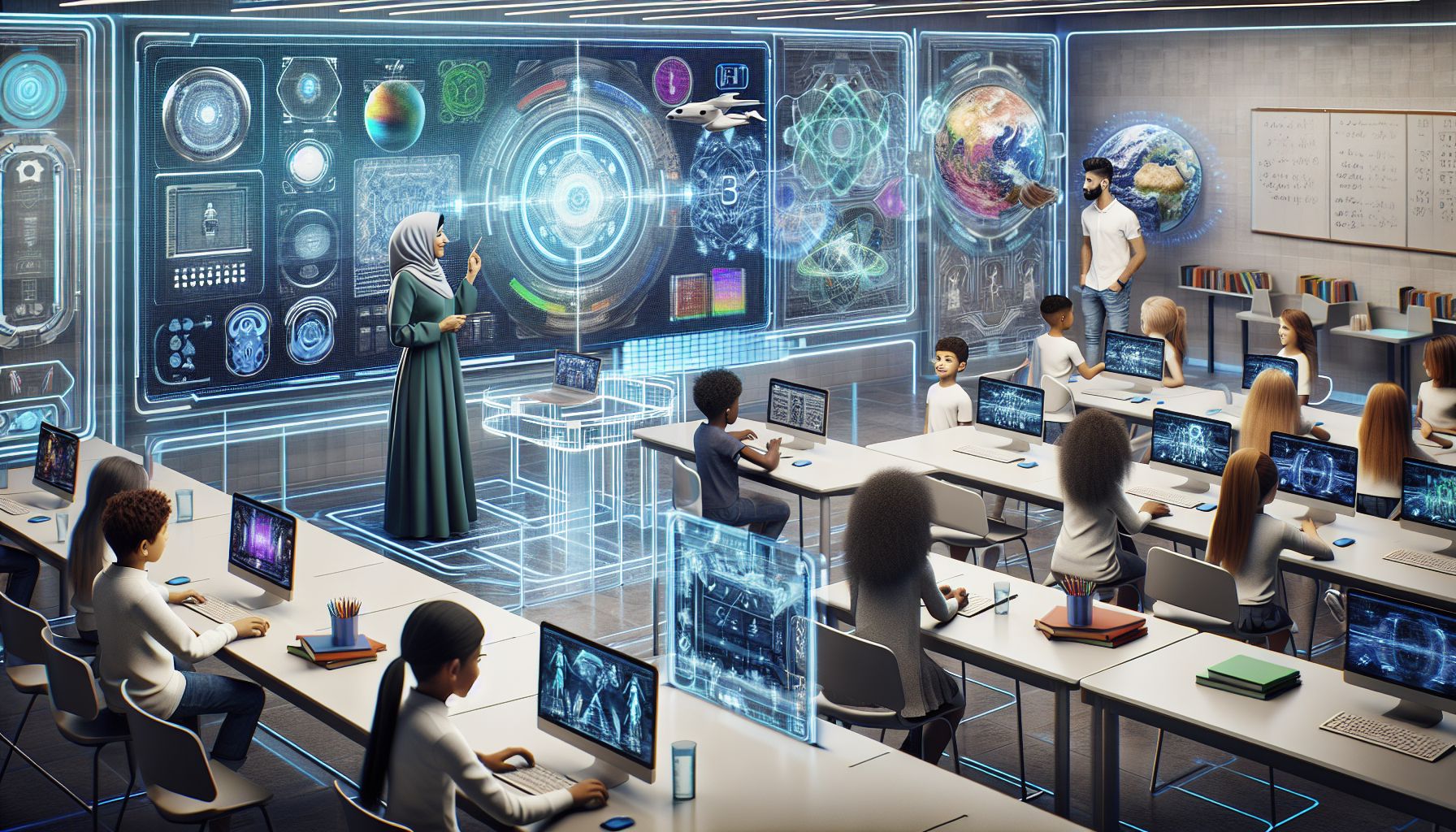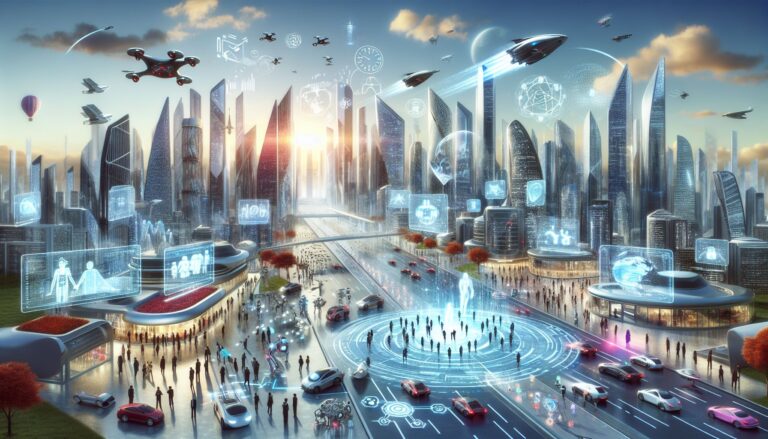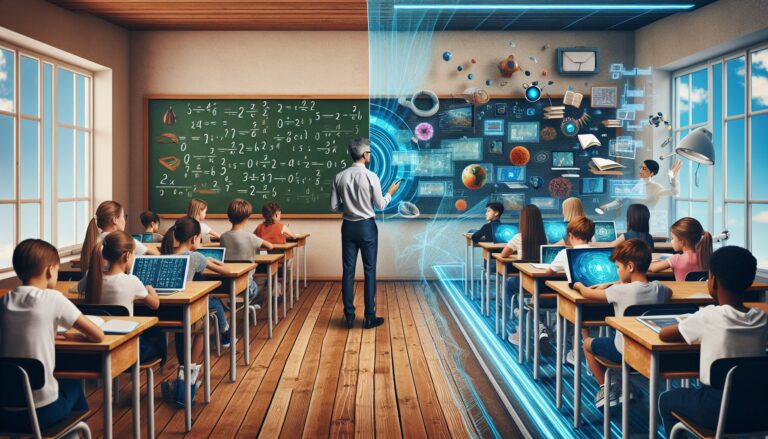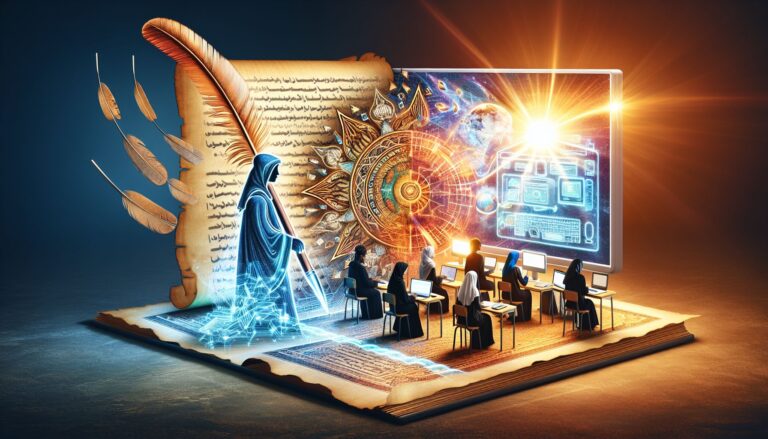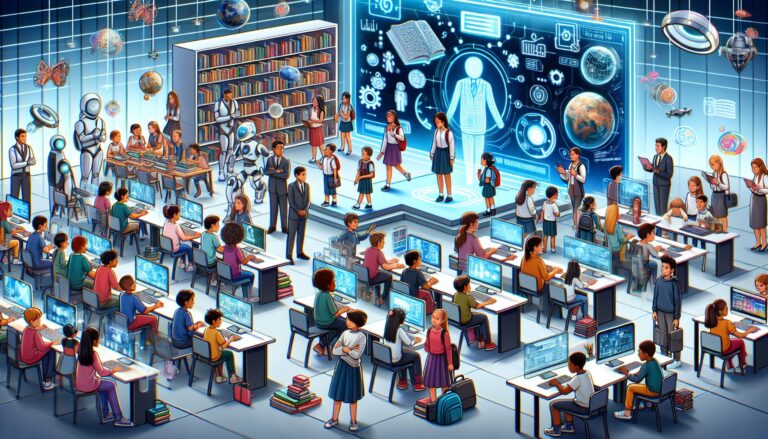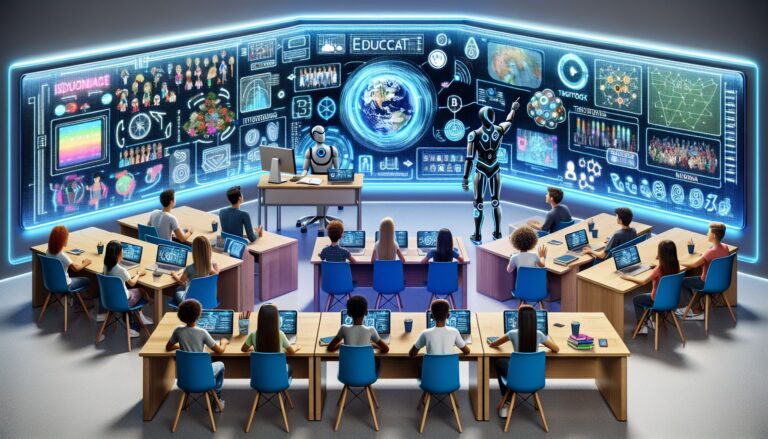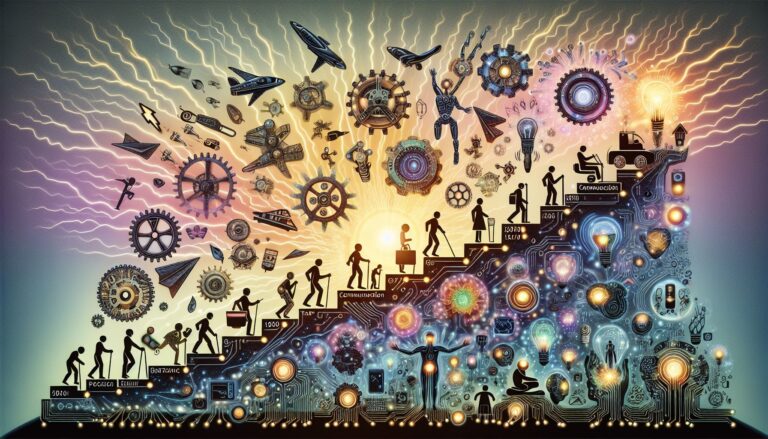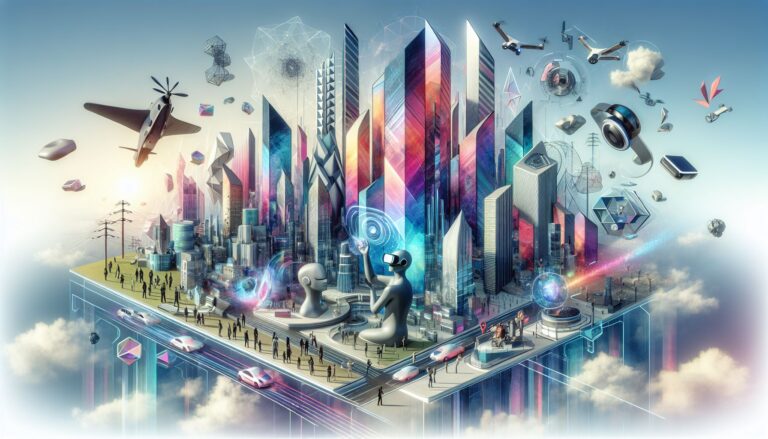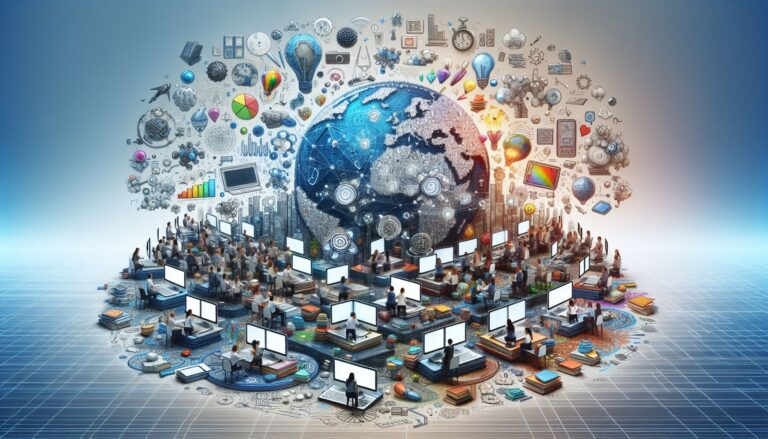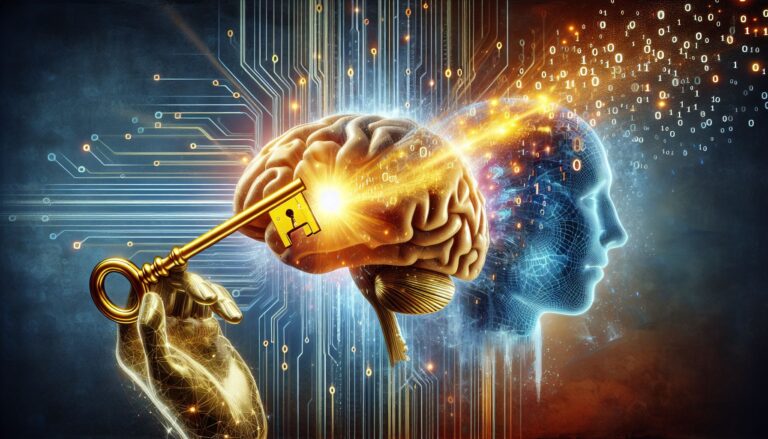 In the realm of educational evolution, each passing year brings about a kaleidoscope of changes, redefining what it means to learn and teach effectively. Gone are the days of chalkboards and rote learning dominating classroom landscapes—instead, we find ourselves at the precipice of a revolution where traditional methodologies meld with the digital age. Education today stands on the cusp of transformation, where innovative techniques are not just optional but crucial for engaging the tech-savvy minds of our students. Let’s explore how modern education is shaped by technology and consider the promising horizon of tomorrow’s learning experiences.
In the realm of educational evolution, each passing year brings about a kaleidoscope of changes, redefining what it means to learn and teach effectively. Gone are the days of chalkboards and rote learning dominating classroom landscapes—instead, we find ourselves at the precipice of a revolution where traditional methodologies meld with the digital age. Education today stands on the cusp of transformation, where innovative techniques are not just optional but crucial for engaging the tech-savvy minds of our students. Let’s explore how modern education is shaped by technology and consider the promising horizon of tomorrow’s learning experiences.
The integration of technology into the classroom is not a new concept; however, the depth and breadth of its infiltration into the day-to-day learning processes have reached unprecedented levels. Technologies such as Artificial Intelligence (AI), the Internet of Things (IoT), and blockchain are increasingly becoming tools of the trade in our quest for educational excellence.
Take for instance AI, with its potential to personalize learning experiences. AI systems can adapt to the learning pace of each student, offering tailored support and feedback that was once a far-fetched dream. Students struggling with certain concepts can receive extra practice, while those who excel may be provided with advanced challenges—all orchestrated by intelligent algorithms designed to maximize learning outcomes.
Blockchain, commonly associated with cryptocurrencies, is finding a place in educational settings by providing a secure, decentralized way to store and manage educational records. With blockchain, the authenticity of academic credentials can be easily verified, reducing fraud and simplifying the transfer of credits between institutions. This transparent record-keeping mechanism ensures that a student’s academic journey is accurately and securely chronicled.
Meanwhile, IoT devices are creating interconnected classrooms. Sensors and smart devices can enhance the learning environment by monitoring conditions to keep them optimal for student concentration and comfort. Furthermore, IoT enables new avenues for experiential learning, where students engage with their environment, collecting and analyzing data from the world around them in real-time, making learning more dynamic and interactive.
Yet, these advancements are not free of challenges. The digital divide—a gap between those with readily available access to digital tools and those without—threatens to widen disparities in educational opportunities. Additionally, concerns about privacy and data protection are ever-present as we navigate this tech-assimilated educational landscape.
Fast forward to the educational future—what might it look like? Imagine virtual reality field trips that transcend geographical boundaries, holographic educators teaching language through immersive experiences, and collaborative online platforms allowing students from around the globe to solve complex problems together. As technology continues to develop, the only constant in education will be change itself.
In conclusion, the shifts in educational paradigms spurred by technological integration are both thrilling and challenging. While some may mourn the loss of traditional educational elements, the potential for enhanced learning experiences powered by these innovations cannot be understated. As educators and learners, staying abreast of these changes and adapting to them with creativity and critical thought will be paramount. The classrooms of the future—be they physical or digital—will be vibrant, inclusive, and dynamic spaces where learning is not just a task, but an adventure. One thing is for certain: education is poised to remain an endlessly evolving journey, limited only by the bounds of our collective imagination.
